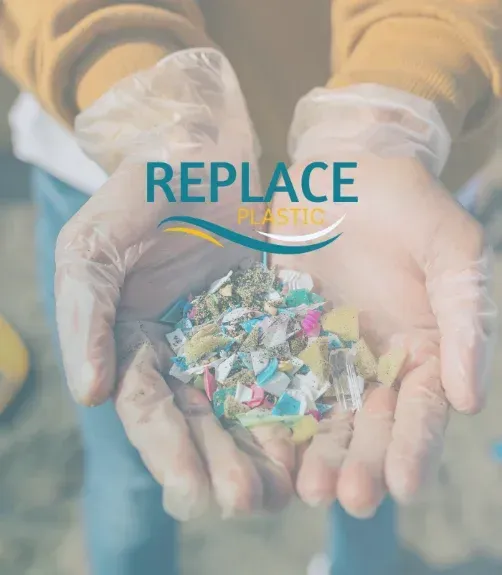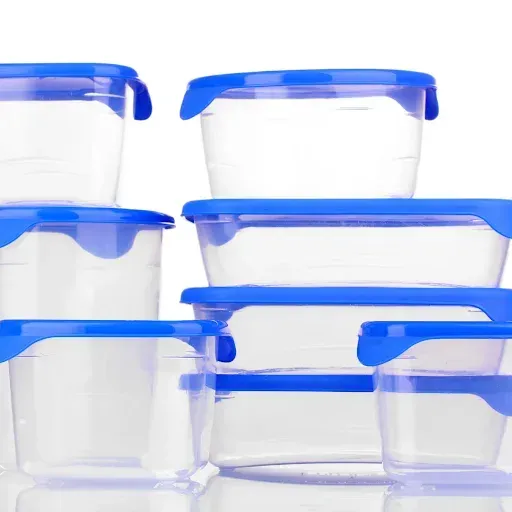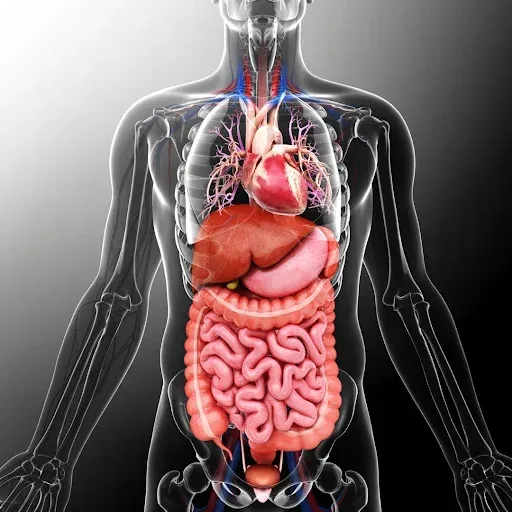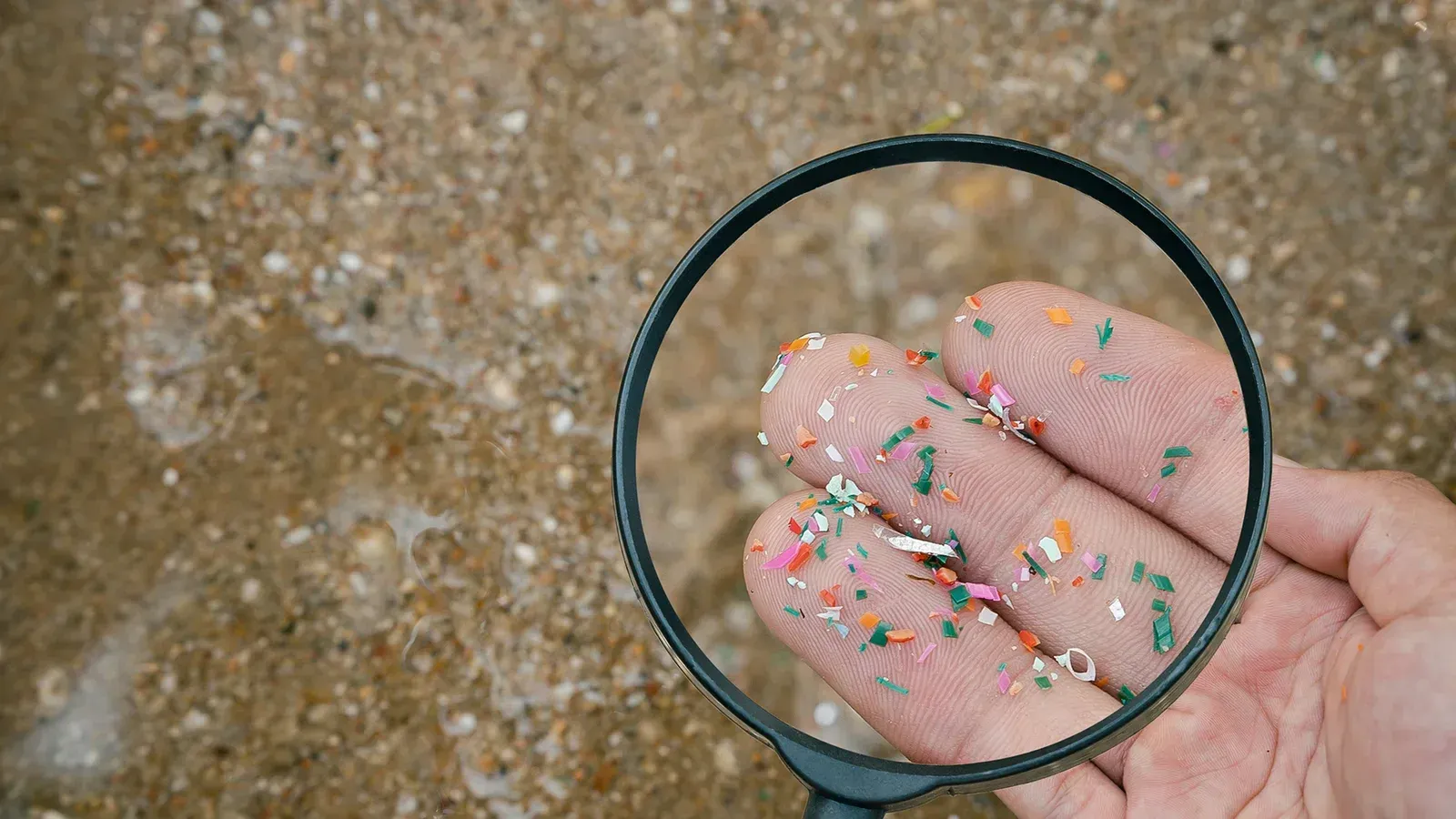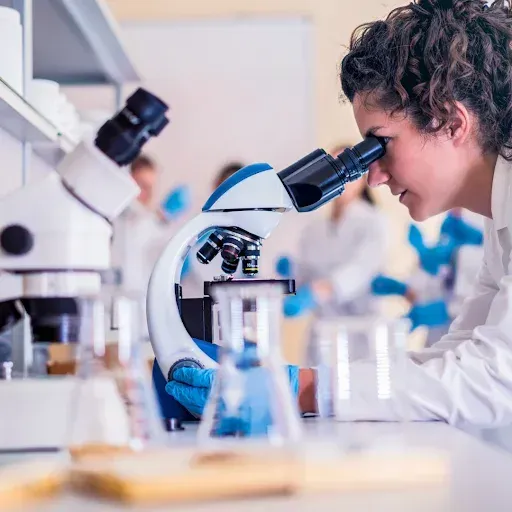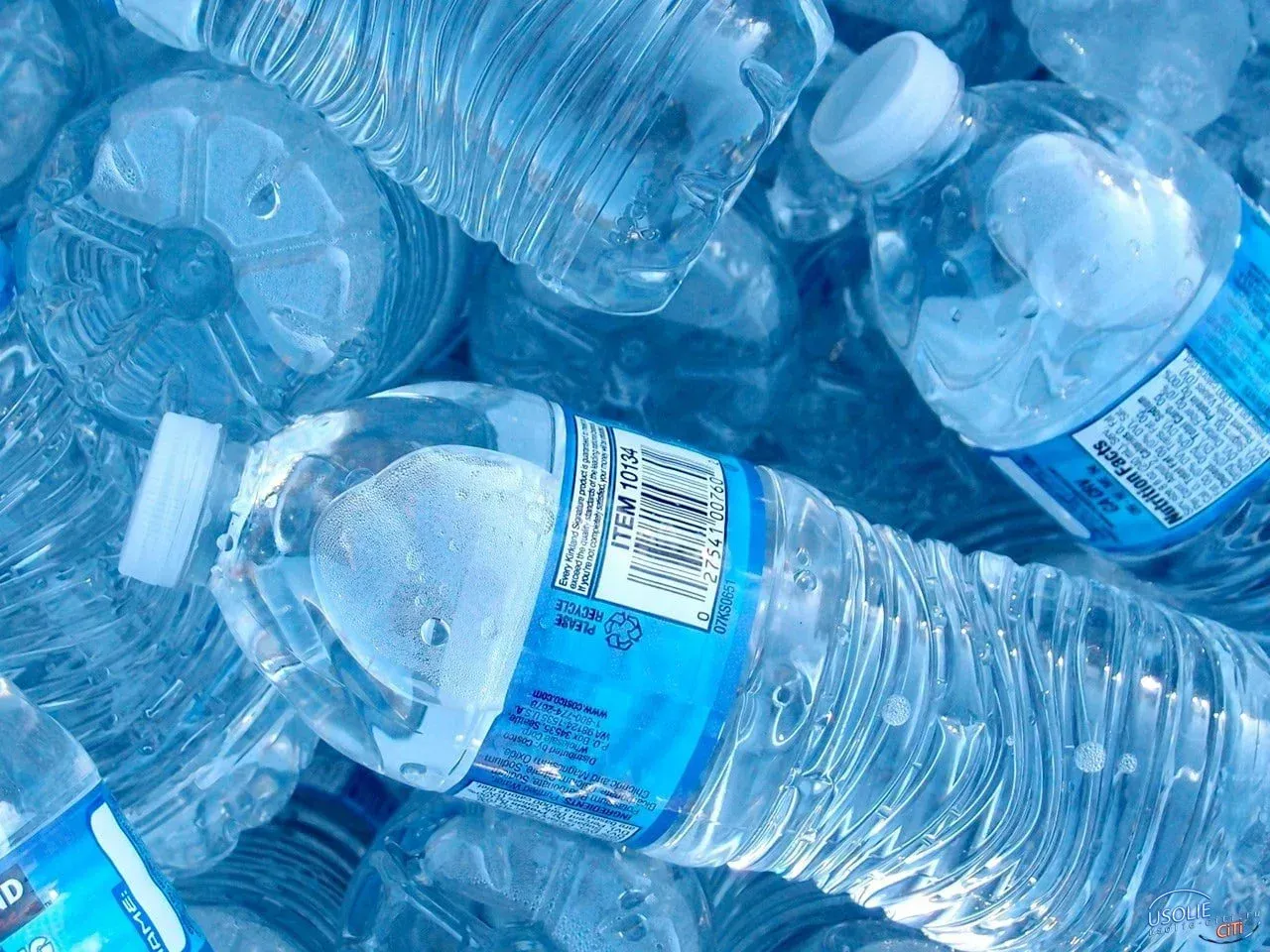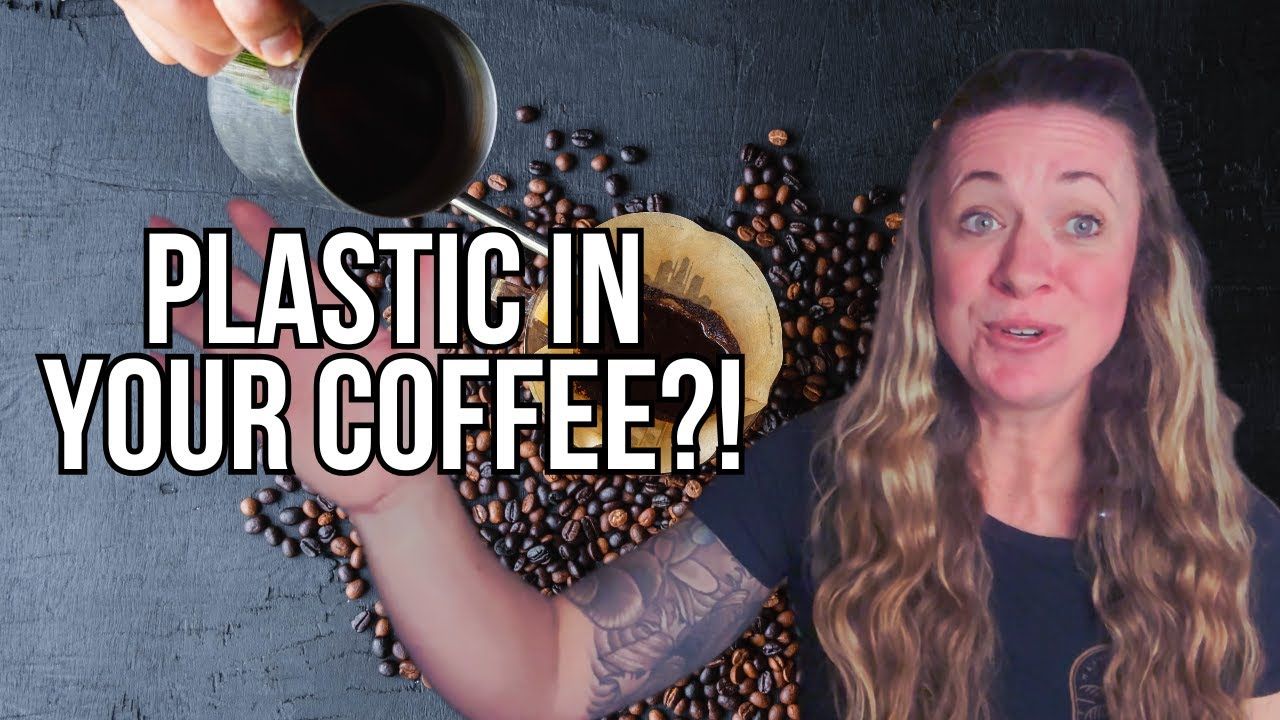240,000 Plastic Particles in One Water Bottle?!
Affiliate Disclosure: This article contains affiliate links. If you purchase a product through these links, we may earn a small commission at no extra cost to you. Check out our complete Replace Plastics Top Picks for more eco-friendly alternatives.
Unveiling the Shocking Reality of Microplastics in Bottled Water
Did you know that a single bottle of plastic water could contain over 240,000 plastic particles? In this blog, we’ll explore the alarming impact of microplastics on our health and provide actionable steps to reduce your exposure starting today.
Table of Contents
- The Startling Discovery
- Simple Swaps for a Healthier You
- The Impact of Plastic Bottles
- The Bioaccumulation Problem
- Choosing Sustainable Plastic Alternatives
- The Environmental Implications
- Join the Movement to Replace Plastic
- Frequently Asked Questions
The Startling Discovery
It all began with a moment of revelation. I stumbled upon a podcast discussing microplastics, and the information was staggering. The reality of microplastics infiltrating our lives and bodies was far worse than I had imagined. This wasn't just a minor issue; it was a pervasive problem that demanded our attention.
My Journey into Microplastics
As a nutrition coach, I've always sought to understand the latest research on health and wellness. This journey into the world of microplastics ignited my curiosity and concern. I started to investigate how these tiny particles were affecting our health.
With each piece of information I uncovered, the gravity of the situation became clearer. I learned that microplastics are not just an environmental concern; they are a direct threat to our well-being.
Understanding Microplastics
Microplastics are tiny plastic particles, often less than five millimeters in size. They originate from various sources, including the breakdown of larger plastic items and the shedding of synthetic fibers from clothing. These particles are ubiquitous, found in our air, water, and even the food we consume.
- Sources: Packaging, personal care products, and synthetic textiles.
- Impact: They can enter our bodies through ingestion and inhalation.
Their small size allows them to bypass traditional filtration systems, leading to widespread contamination.
The Alarming Presence in Our Bodies
Research has shown that microplastics can accumulate in various tissues within our bodies. This includes critical areas such as the placenta, cardiac tissue, and even the brain. The implications of this presence are profound.
It raises questions about how these materials interact with our biological systems. The fact that they can traverse the blood-brain barrier is particularly alarming, suggesting that they may have neurological effects that we are only beginning to understand.
The Blood-Brain Barrier Concern
The blood-brain barrier is our body's defense mechanism against harmful substances. However, the ability of microplastics to cross this barrier poses serious risks. Once in the brain, they may disrupt neural function and contribute to cognitive decline or other neurological disorders.
This raises urgent questions about long-term exposure and the potential for chronic health issues. The fact that microplastics can alter our DNA structure adds another layer of concern.
Epigenetic Effects of Microplastics
Recent studies indicate that microplastics may have epigenetic effects, meaning they can influence gene expression without changing the underlying DNA sequence. This could lead to a range of health issues, including infertility, hormonal imbalances, and increased susceptibility to diseases.
Understanding the epigenetic impact of microplastics is crucial. It highlights the need for further research into how these materials may affect future generations.
Microplastics in Everyday Life
Microplastics are not confined to bottled water; they infiltrate our daily lives in unexpected ways. From the food we eat to the air we breathe, these particles are everywhere. They can be found in household dust, seafood, and even drinking water.
- Food Sources: Seafood, salt, and processed foods.
- Environmental Sources: Airborne particles and contaminated water sources.
Everyday items, like personal care products and cleaning supplies, may also contain microplastics. This pervasive presence makes it imperative that we take action to reduce our exposure.
Simple Swaps for a Healthier You
Making small, manageable changes in your daily routine can significantly reduce your exposure to microplastics. Here are some simple swaps to consider:
- Water Bottles: Replace plastic water bottles with stainless steel or glass options. These materials are durable and do not leach harmful particles.
- Food Storage: Opt for glass or silicone containers instead of plastic for food storage. This helps prevent microplastics from entering your food.
- Personal Care Products: Choose brands that use natural ingredients and avoid products with microbeads or plastic packaging.
- Cleaning Supplies: Use eco-friendly cleaning products that come in glass or metal containers.
- Textiles: Consider natural fibers like cotton or linen over synthetic textiles to minimize shedding microplastics into the environment.
Check out our Top 100 Plastic Alternative Picks
The Impact of Plastic Bottles
Plastic bottles are one of the most common sources of microplastic contamination. Every time we drink from them, we not only consume water but also thousands of plastic particles. This daily habit contributes to chronic health issues over time.
The convenience of plastic bottles comes at a cost. They break down into smaller particles that can enter our bodies, leading to bioaccumulation and long-term health risks. By switching to alternatives, we can protect both our health and the environment.
The Bioaccumulation Problem
Bioaccumulation refers to the gradual accumulation of substances, such as microplastics, in an organism. Unlike other materials, microplastics do not easily break down. This means that as we continue to consume them, they build up in our tissues over time.
This accumulation can lead to serious health issues, including inflammation and hormonal imbalances. The longer these particles stay in our bodies, the greater the risk of developing chronic conditions. Awareness and action are crucial in addressing this growing concern.
Choosing Sustainable Alternatives
Opting for sustainable alternatives is essential in combating the microplastic crisis. Here are some recommendations:
- Reusable Bags: Use cloth or recycled material bags instead of single-use plastic bags.
- Natural Cleaning Products: Switch to cleaning products made from natural ingredients that come in recyclable packaging.
- Organic Cotton: Invest in organic cotton items, such as clothing and towels, which are less likely to shed microplastics.
- Compostable Items: Choose compostable utensils and plates for parties or events to reduce plastic waste.
By making these conscious choices, we not only protect our health but also contribute to a healthier planet.
The Environmental Implications
The environmental impact of plastic pollution is staggering. Plastic waste not only harms wildlife but also disrupts ecosystems. Microplastics can be found in oceans, rivers, and even the air we breathe.
As animals ingest microplastics, they accumulate in the food chain, ultimately affecting human health. The consequences of plastic pollution extend beyond individual health; they threaten the very fabric of our planet's ecosystems.
Join the Movement to Replace Plastic
Every action counts when it comes to reducing plastic waste. Join the movement to replace plastic in your life. Start by making small changes and encouraging others to do the same.
Participate in community clean-up events, advocate for policy changes, and support businesses that prioritize sustainability. Together, we can create a significant impact and pave the way for a healthier future.
Check Out Our Plastic Free Alternative Top Picks
Frequently Asked Questions
What are microplastics?
Microplastics are tiny plastic particles less than five millimeters in size that originate from larger plastic debris and synthetic fibers.
How do microplastics enter our bodies?
They can enter our bodies through ingestion, inhalation, and dermal contact with contaminated products.
Are there health risks associated with microplastics?
Yes, microplastics have been linked to various health issues, including inflammation, hormonal disruptions, and potential neurological effects.
How can I reduce my exposure to microplastics?
Start by replacing plastic items with sustainable alternatives, avoiding processed foods, and choosing natural personal care products.
